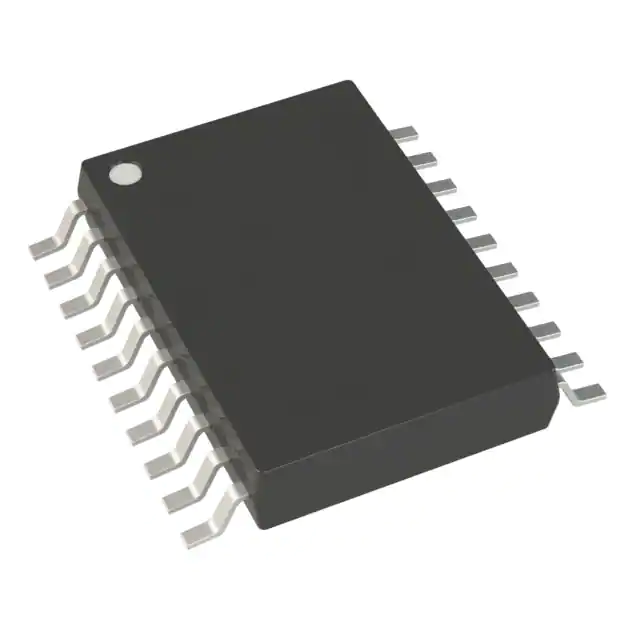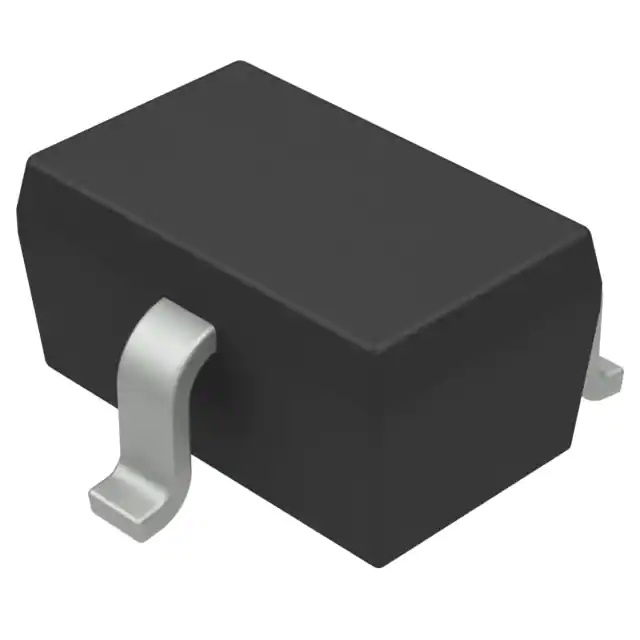- Integrated Circuits (ICs)
- Audio Special Purpose
- Clock/Timing - Application Specific
- Clock/Timing - Clock Buffers, Drivers
- Clock/Timing - Clock Generators, PLLs, Frequency Sy…
- Clock/Timing - Delay Lines
- Clock/Timing - IC Batteries
- Clock/Timing - Programmable Timers and Oscillators
- Clock/Timing - Real Time Clocks
- Data Acquisition - ADCs/DACs - Special Purpose
- Data Acquisition - Analog Front End (AFE)
- Data Acquisition - Analog to Digital Converters (AD…
- Data Acquisition - Digital Potentiometers
- Data Acquisition - Digital to Analog Converters (DA…
- Data Acquisition - Touch Screen Controllers
- Embedded - CPLDs (Complex Programmable Logic Device…
- Embedded - DSP (Digital Signal Processors)
- Embedded - FPGAs (Field Programmable Gate Array)
- Embedded - FPGAs (Field Programmable Gate Array) wi…
- Embedded - Microcontrollers
- Embedded - Microcontrollers - Application Specific
- Embedded - Microprocessors
- Embedded - PLDs (Programmable Logic Device)
- Embedded - System On Chip (SoC)
- Interface - Analog Switches - Special Purpose
- Interface - Analog Switches, Multiplexers, Demultip…
- Interface - CODECs
- Interface - Controllers
- Interface - Direct Digital Synthesis (DDS)
- Interface - Drivers, Receivers, Transceivers
- Interface - Encoders, Decoders, Converters
- Interface - Filters - Active
- Interface - I/O Expanders
- Interface - Modems - ICs and Modules
- Discrete Semiconductor Products
- Diodes - Bridge Rectifiers
- Diodes - Rectifiers - Arrays
- Diodes-Rectifiers-Single
- Diodes - RF
- Diodes - Variable Capacitance (Varicaps, Varactors)…
- Diodes - Zener - Arrays
- Diodes - Zener - Single
- Power Driver Modules
- Thyristors - DIACs, SIDACs
- Thyristors - SCRs
- Thyristors - SCRs - Modules
- Thyristors - TRIACs
- Transistors - Bipolar (BJT) - Arrays
- Transistors - Bipolar (BJT) - Arrays, Pre-Biased
- Transistors - Bipolar (BJT) - RF
- Transistors - Bipolar (BJT) - Single
- Transistors - Bipolar (BJT) - Single, Pre-Biased
- Transistors - FETs, MOSFETs - Arrays
- Transistors - FETs, MOSFETs - RF
- Transistors - FETs, MOSFETs - Single
- Transistors - IGBTs - Arrays
- Transistors - IGBTs - Modules
- Transistors - IGBTs - Single
- Transistors - JFETs
- Transistors - Programmable Unijunction
- Transistors - Special Purpose
- Diodes - Rectifier - Module
- Diodes - TVS
- Transistors - General Purpose
- Thyristor Surge Suppressors
- Diodes
- MOSFETs - Low Voltage Power
- MOSFETs-Small Signal
- Circuit Protection
- Thermal Cutoffs (Thermal Fuses and Breakers)
- TVS - Varistors, MOVs
- TVS - Thyristors
- TVS - Surge Protection Devices (SPDs)
- TVS - Mixed Technology
- TVS - Diodes
- Surge Suppression ICs
- PTC Resettable Fuses
- Lighting Protection
- Inrush Current Limiters (ICL)
- Ground Fault Circuit Interrupter GFCI
- Gas Discharge Tube Arresters (GDT)
- Fuses
- Fuseholders
- Electrical, Specialty Fuses
- Circuit Breakers
- Accessories
- Inductors, Coils, Chokes
- Isolators
- Resistors
- Relays
- Capacitors
- Ceramic Capacitors
- Tantalum Capacitors
- Trimmers, Variable Capacitors
- Thin Film Capacitors
- Tantalum - Polymer Capacitors
- Silicon Capacitors
- Niobium Oxide Capacitors
- Mica and PTFE Capacitors
- Film Capacitors
- Electric Double Layer Capacitors (EDLC), Supercapac…
- Capacitor Networks, Arrays
- Aluminum Electrolytic Capacitors
- Aluminum - Polymer Capacitors
- Accessories
- RF/IF and RFID
- Attenuators
- Balun
- RF Accessories
- RF Amplifiers
- RF Demodulators
- RF Detectors
- RF Directional Coupler
- RF Front End (LNA + PA)
- RF Misc ICs and Modules
- RF Mixers
- RF Modulators
- RF Power Controller ICs
- RF Power Dividers/Splitters
- RF Receiver, Transmitter, and Transceiver Finished …
- RF Receivers
- RF Shields
- RF Switches
- RF Transceiver ICs
- RF Transceiver Modules
- RF Transmitters
- RFI and EMI - Contacts, Fingerstock and Gaskets
- RFI and EMI - Shielding and Absorbing Materials
- RFID Accessories
- RFID Antennas
- RFID Reader Modules
- RFID Transponders, Tags
- RFID, RF Access, Monitoring ICs
- RF Antennas
- RF Circulators and Isolators
- RF Multiplexers
- Subscriber Identification Module (SIM) Cards
- Audio Products
- Sensors, Transducers
- Accessories
- Amplifiers
- Capacitive Touch Sensors, Proximity Sensor ICs
- Color Sensors
- Current Transducers
- Dust Sensors
- Encoders
- Float, Level Sensors
- Flow Sensors
- Force Sensors
- Gas Sensors
- Humidity, Moisture Sensors
- Image Sensors, Camera
- IrDA Transceiver Modules
- Magnetic Sensors - Compass, Magnetic Field (Modules…
- Magnetic Sensors - Linear, Compass (ICs)
- Magnetic Sensors - Position, Proximity, Speed (Modu…
- Magnetic Sensors - Switches (Solid State)
- Magnets - Multi Purpose
- Magnets - Sensor Matched
- Motion Sensors - Accelerometers
- Motion Sensors - Gyroscopes
- Motion Sensors - IMUs (Inertial Measurement Units)
- Motion Sensors - Inclinometers
- Motion Sensors - Optical
- Motion Sensors - Tilt Switches
- Motion Sensors - Vibration
- Multifunction
- Optical Sensors - Ambient Light, IR, UV Sensors
- Optical Sensors - Distance Measuring
- Optical Sensors - Photo Detectors - CdS Cells
- Optical Sensors - Photo Detectors - Logic Output
- Optical Sensors - Photo Detectors - Remote Receiver…
- Industrial Supplies
- Dock and Warehouse - Mirrors
- Carts and Trucks - Carts, Trucks, Jacks, and Dollie…
- Dock and Warehouse - Air Curtain Doors
- Dock and Warehouse - Dock Equipment
- Dock and Warehouse - Ladders, Steps, and Platforms
- Electrical - Cords, Wires and Accessories
- Electrical - Generators
- Electrical - Lighting Accessories
- Electrical - Lighting
- Fans - Agricultural, Dock and Exhaust
- Fans - Blowers and Floor Dryers
- Fans - Components - Motors
- Fans - Components and Accessories
- Fans - Household, Office and Pedestal Fans
- HVAC - Air Conditioners
- HVAC - Air Filters
- HVAC - Air Handlers, Furnaces
- HVAC - Air Purifiers, Dehumidifiers and Humidifiers…
- HVAC - Heaters
- HVAC - Parts and Accessories
- Janitorial and Maintenance Products
- Maintenance - Air Compressor Tools and Accessories
- Maintenance - Magnets
- Maintenance - Mats
- Office Equipment - File Cabinets, Bookcases
- Office Equipment - Food Storage and Preparation
- Office Equipment - Office Supplies
- Office Equipment - Water Fountains and Refilling St…
- Office Furniture - Partitions and Accessories
- Office Furniture - Safes, Secure Storage
- Office Furniture - Tables
- Outdoor Products - Bikes, Racks and Locks
- Outdoor Products - Canopies, Shelters and Sheds
More product categories >>
Global Trends and Challenges in the PCB Industry
12/20/2024 12:14:57 AM
Printed Circuit Board (PCB), known as the "mother of electronic products," plays an indispensable role in the global electronics industry. With continuous technological advancements and market demand evolution, the PCB industry is facing new development opportunities and challenges. This article will explore the definition, applications, market trends, technological developments, environmental regulations, and the current and future trends of the consumer electronics market in the PCB industry.
1. Definition and Applications of PCB
PCB is an electronic component made using electronic printing techniques, transferring circuit patterns onto a printed circuit board to form a functional circuit structure. The primary function of PCB is to provide electrical connections and support for electronic components, completing the electrical and signal transmission between electronic components. PCBs are widely used in various electronics, including computers, communication equipment, consumer electronics, automotive electronics, industrial control, medical devices, and more.
2. Market Trends and Technological Developments
The global PCB market size is growing steadily. According to Prismark data, the global PCB output value reached 81.7 billion USD in 2022, with China's PCB output value reaching 43.5 billion USD, accounting for more than half of the global share. It is expected that the compound annual growth rate (CAGR) of global and Chinese PCB output value from 2022 to 2027 will be 3.8% and 3.3%, respectively, with the global PCB output value reaching 98.4 billion USD and China's PCB output value reaching 51.1 billion USD by 2027.
Technological innovation is a key factor driving the development of the PCB industry. With electronic products evolving towards "three trends" (lightweight, intelligent, and high-performance) and the continuous advancement of automotive electronics technology, the PCB industry faces technological challenges and market opportunities.
3. Impact of Environmental Regulations
Environmental compliance is becoming increasingly important for PCBA factories. Adhering to relevant environmental regulations such as RoHS (Restriction of Hazardous Substances Directive) and REACH (Registration, Evaluation, Authorization, and Restriction of Chemicals) is not only a legal responsibility but also key to enhancing market competitiveness and corporate image. In the future, with the global emphasis on environmental protection, PCBA factories will pay more attention to environmentally friendly production, especially in material selection, production process optimization, and waste management.
4. Current and Future of the Consumer Electronics Market
Consumer electronics is one of the important fields of PCB application. As the functions of consumer electronics continue to become more complex, the requirements for PCB volume, performance, and reliability are also continuously increasing. According to Prismark, the output value of consumer electronics PCB is expected to reach 11.44 billion USD in 2024. With the strong return of Huawei's new models, the consumer electronics PCB market is expected to recover.
Conclusion
The global PCB industry is facing multiple challenges such as technological innovation, environmental regulations, and market demand changes. With the continuous emergence of new technologies and changes in market demand, the PCB industry will continue to play an important role in the global electronics industry and show broad development prospects.
Latest Products
-
AD9834BRUZ
Analog Devices Inc.
-
BAV99W,135
Nexperia USA Inc.
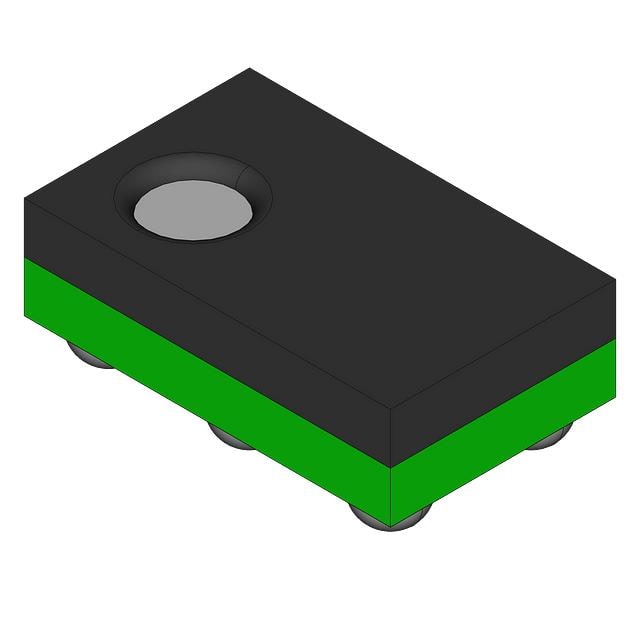
-
IP5002CX8/P135
NXP USA Inc.
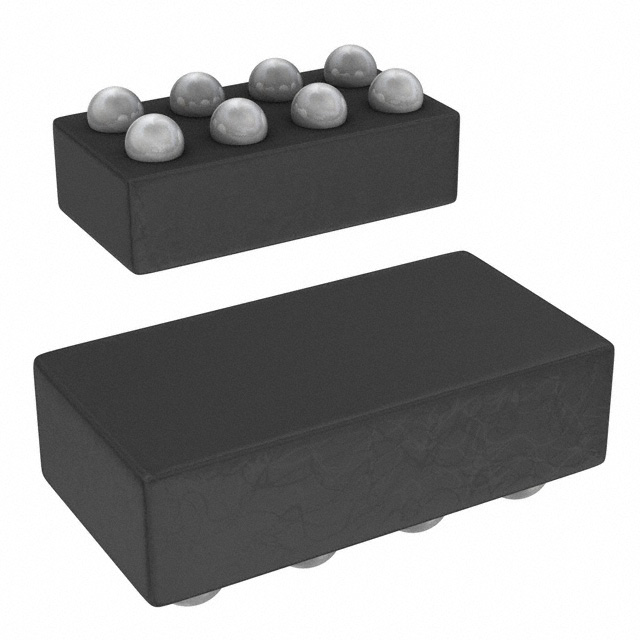
-
ADAU7002ACBZ-RL
Analog Devices Inc.
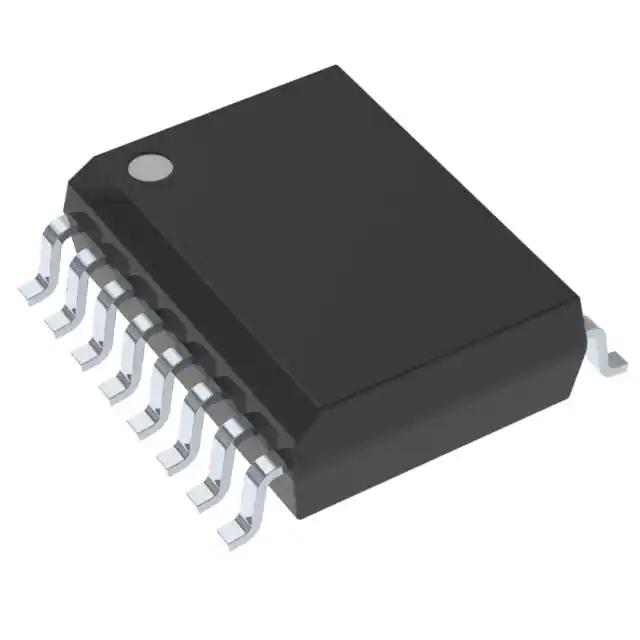
-
PGA2320IDW
Texas Instruments
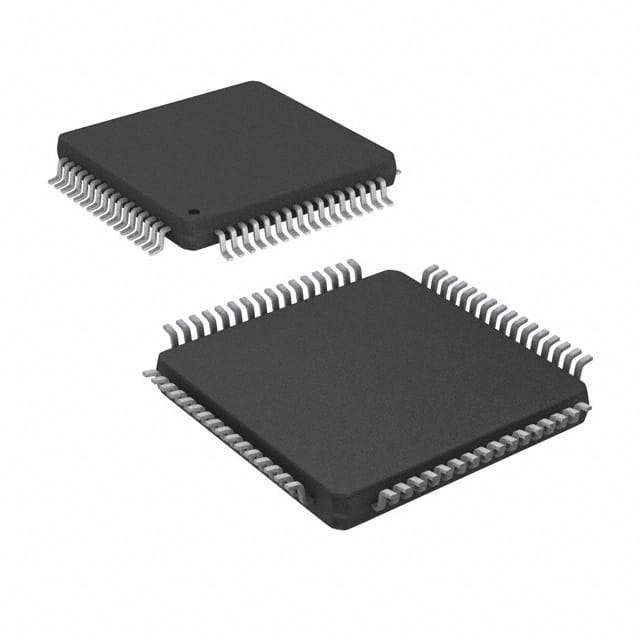
-
SRC4184IPAG
Texas Instruments
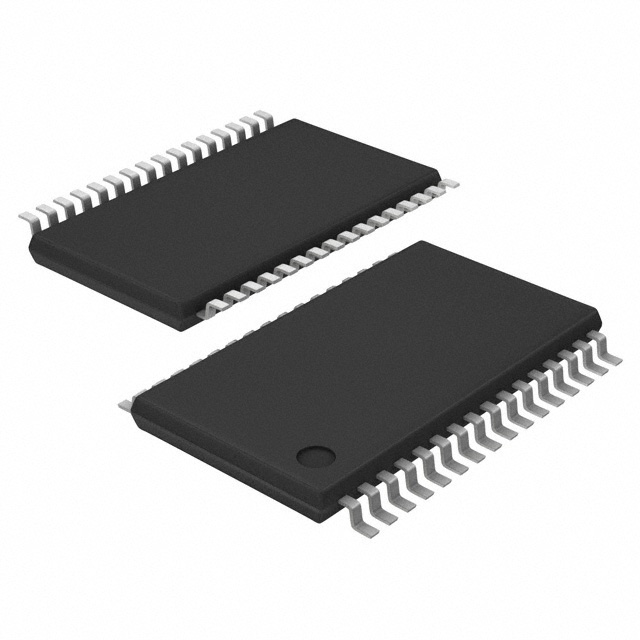
-
MUSES72320V-TE2
Nisshinbo Micro Devices Inc.
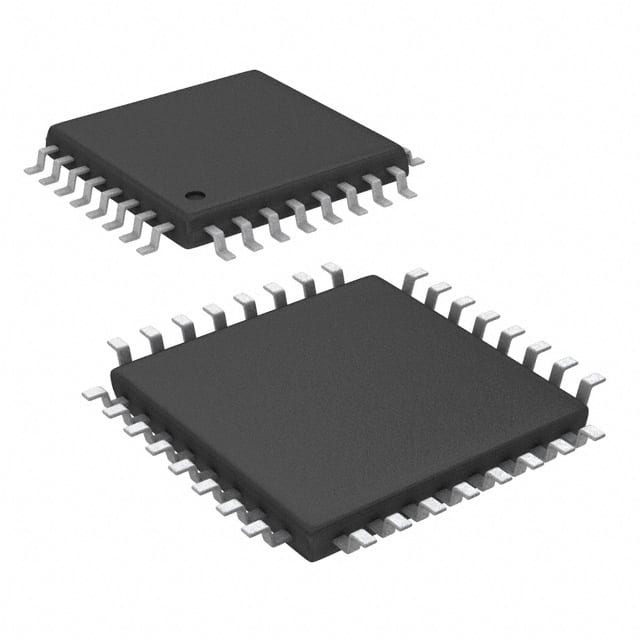
-
PCM2706CPJT
Texas Instruments

- Help you to save your cost and time.

- Reliable package for your goods.

- Fast Reliable Delivery to save time.

- Quality premium after-sale service.
 Upload BOM
Upload BOM

